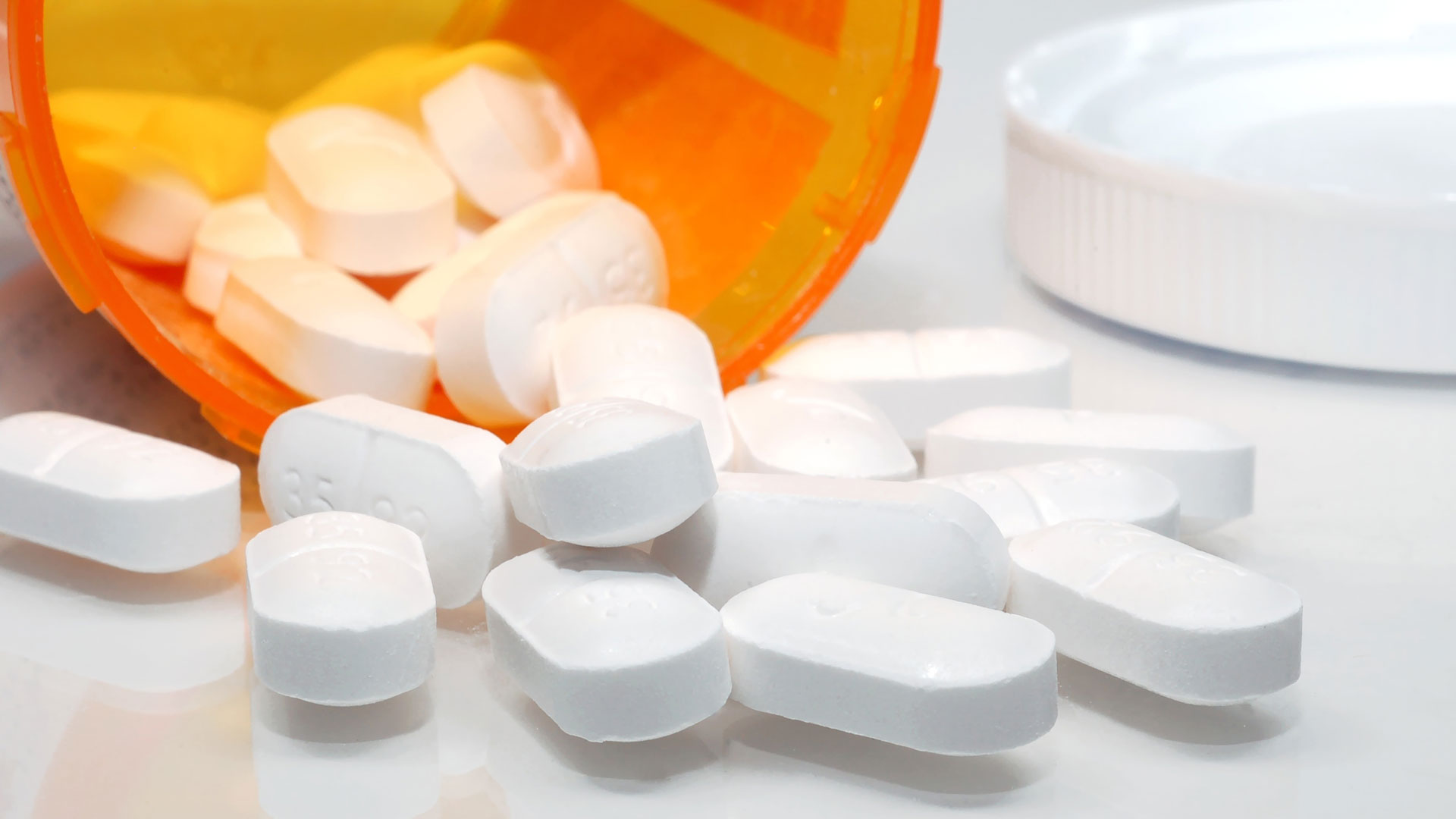28 Feb The Difference Between Opiates and Opioids
Table of Content
For people who are afflicted with chronic and debilitating pain, opiate and opioid painkillers can help them get through the day. But the same drugs that provide so much relief from chronic pain and suffering can also cause a great deal of suffering, in the form of devastating, life-threatening addictions. According to the Centers for Disease Control and Prevention, nearly 2 million Americans were dependent on prescription painkillers in 2014, and 91 Americans die every day from an opiate or opioid overdose.
Despite the far-reaching effects of these powerful drugs, they’re often misunderstood. Let’s take a closer look at opiates and opioids, find out how they’re similar and how they differ and examine exactly how they affect your body.
Opiates vs Opioids
Both opiates and opioids are strong narcotic painkillers that work by targeting opioid receptors in the brain. When these drugs attach themselves to the opioid receptors, they block the brain from receiving pain messages from different parts of the body. They can also slow down breathing and have a general soothing effect on the whole system.
However, there’s one distinct difference between them: opiates are naturally occurring, while opioids are synthetic. Opiates are derived directly from components of a flower known as the opium poppy. Opioids, on the other hand, are artificially generated in a lab and are designed to mimic the composition and effects of natural opium.
What Are Some Common Opiates?
Opiates have been around for centuries, used for both therapeutic and recreational purposes all over the world. Their main underlying purpose is pain relief but often have targeted specializations. Here’s a list of opiates you might encounter in modern-day America – both in the doctor’s office and in the street.
- Morphine. A potent pain reliever, only prescribed in cases of severe pain, such as the post-operative recovery period, or those suffering from terminal cancer.
- Codeine. Often prescribed in small doses, it can be used to treat pain as well as chronic cough and diarrhea.
- Heroin. Originally marketed in the 19th century as a treatment for tuberculosis, it’s now an illicit drug that can only be purchased on the black market.

What Are Some Common Opioids?
In recent years, scientists have found additional methods of creating opioid painkillers to address a number of different health conditions. Here’s a list of opioids you might find in the pharmacy today.
- Oxycodone. Sold as Percocet or OxyContin, it’s used to treat moderate to severe pain, and provides a sensation close to the effects of heroin.
- Hydrocodone. Similar to codeine, this is prescribed as a painkiller in the form of Vicodin or Lortab.
- Hydromorphone. Marketed as Dilaudid, it’s either prescribed as an extended-release tablet or administered via IV.
- Fentanyl. This is often given to patients in the form of a patch and is 100 times more potent than morphine.
- Methadone. While methadone is frequently used in the treatment of addiction to other opiates and opioids, if not carefully supervised, it can cause an addiction of its own.
Opiate and Opioid Addiction
While both opiate and opioid painkillers have immense benefits for people in need of relief, they also carry a serious risk of chemical dependency. Over time, people build a tolerance to these drugs, resulting in a need for a higher dosage to achieve the same pain-relieving effect. After a while of substance abuse, they may find it difficult, if not impossible, to live without the steady stream of opiates or opioids in their system.
Furthermore, many people take these drugs without a medical need for them and rapidly find themselves addicted to the high. But abusing opiates and opioids can lead to psychological damage, organ failure, and even death.
The Pain of Opiate and Opioid Withdrawal
Once you’re addicted to opiates or opioids, it’s not so easy to kick the habit – not only because of cravings but because of withdrawal symptoms. If you quit cold turkey, your body will have an adverse reaction. Symptoms of drug withdrawal include:
- Nausea, vomiting, stomach cramps.
- Shivering and shakes.
- Muscle aches.
- Cold and flu symptoms, such as a runny nose, fever, and congestion.
- Intense sweating.
- Anxiety and insomnia.
Since many people find the pain and discomfort of withdrawal to be unbearable, they’ll often find themselves going right back to taking drugs, just to recapture some semblance of feeling “normal” again. However, treatment programs are the best option for those looking to rid themselves of prescription drugs and reduce the risk of an opioid overdose.
How Georgia Drug Detox Can Help
If you’re suffering from an opiate or opioid addiction, Georgia Drug Detox can help you get your life back. We offer medically assisted detox services to alleviate the discomfort of withdrawal in those crucial first days of your sobriety. With personalized treatment and one-on-one care, our team of doctors, nurses, and counselors can give you everything you need to start on the road to long-term recovery.
Sources:
“We Asked, You Answered: Is There a Difference Between an Opioid and an Opiate?” Center of Addiction. 28 Aug. 2017. 13 Mar. 2019. https://www.centeronaddiction.org/the-buzz-blog/we-asked-you-answered-there-difference-between-opioid-and-opiate
“Opiate vs. Opioid – What’s the Difference?” Opium. 13 Mar. 2019. https://opium.com/derivatives/opiate-vs-opioid-whats-difference/
Renzoni, Camille. “Opiate Addiction and Opioid Addiction.” The Recovery Village. 13 Mar. 2019. https://www.therecoveryvillage.com/opiate-addiction/#gref







No Comments